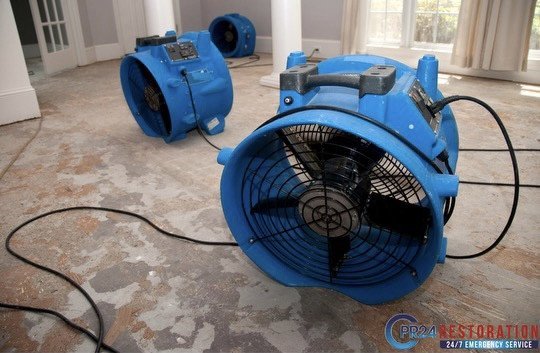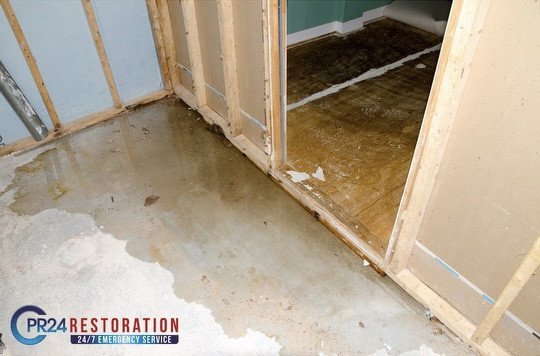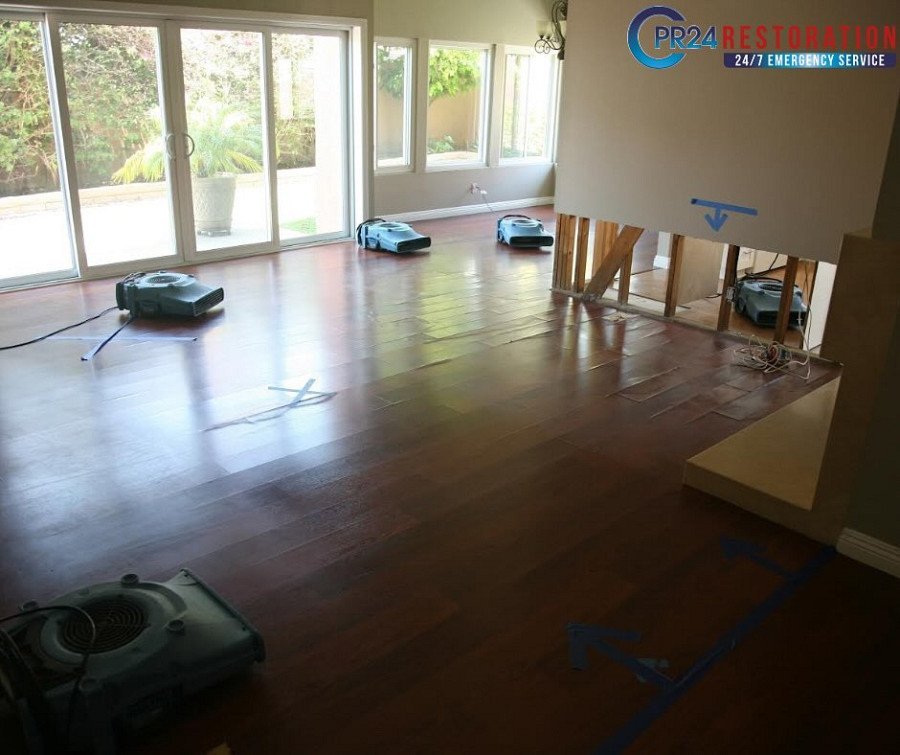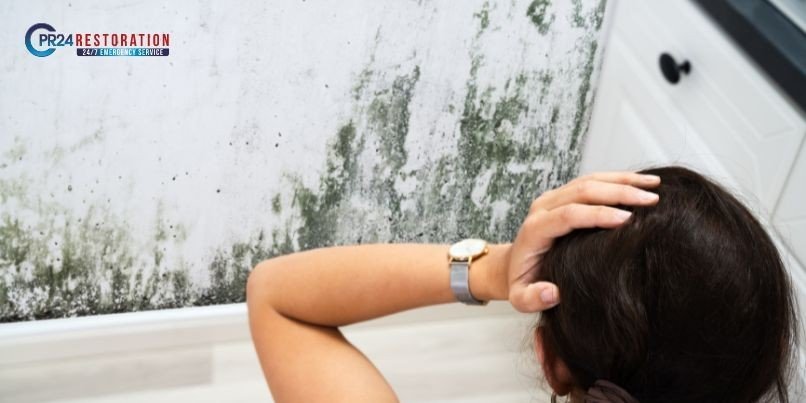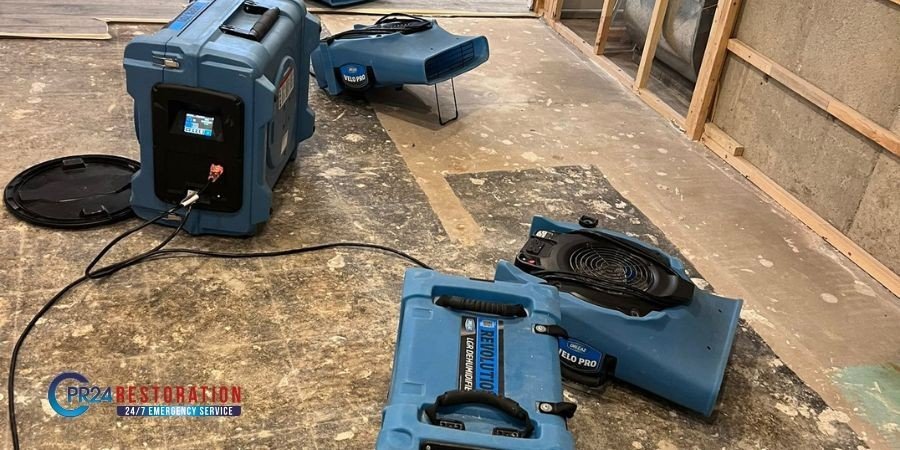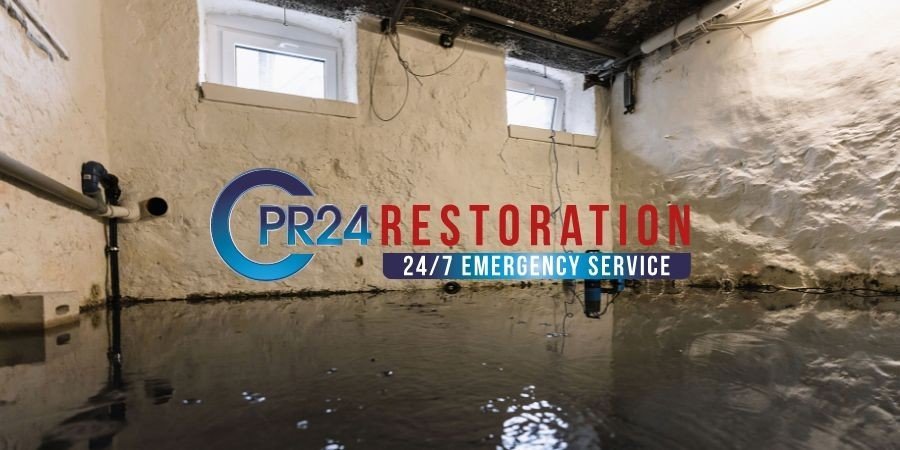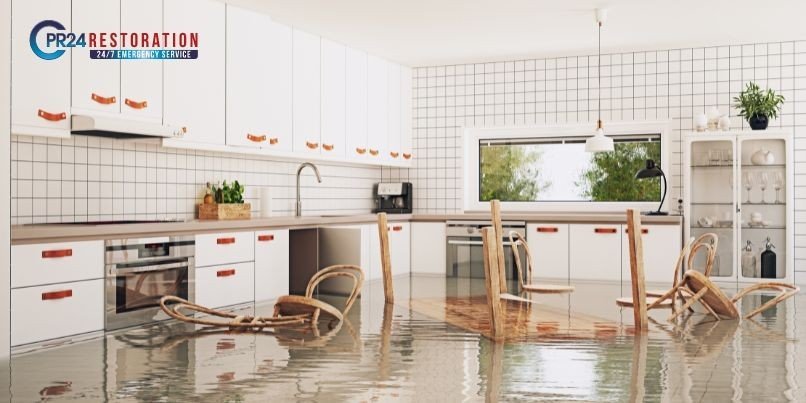Get Your Home Ready For Toronto’s Winter Weather
As the weather in Toronto gets colder, homeowners should prepare their homes for winter. With temperatures dropping and snowstorms covering the country, winter in Ontario can be severe. You can lower energy costs and avoid costly repairs by winterizing your Toronto home. This will also make your house more comfortable for you and your family. We will cover all the steps you need to get your Toronto home ready for the cold months. This includes plumbing safety measures and insulation renovations. If you are a new homeowner or just need a reminder on what to do, this is the blog for you. First Steps on Making Your Home Winter Ready Begin by taking a deep look of your Toronto home, including the interior and exterior. Keep a close eye on places like windows, doors, and the foundation where cold air could enter. Keep an eye out for wear and tear that can affect your Toronto home’s capacity to retain heat, such as damaged caulking or weatherstripping. Look for any damaged or missing shingles on your roof, as these could cause leaks during winter storms. Make sure your gutters and downspouts are free of debris and securely fastened to withstand the weight of snow and ice. Examine your Toronto home’s heating system, including the boiler, heat pump, and furnace. To ensure everything works well before the cold weather arrives, consider scheduling a professional maintenance check. Remember to evaluate your insulation, especially in the walls and attic. Reducing energy expenses and preserving a suitable interior temperature depends on having enough insulation. By checking how ready your Toronto home is for winter, you will be better prepared for winterization tasks. This ensures a solid plan to protect your property during the cold months. Upgrade to Quality Insulation Improving your Toronto home’s insulation is one of the best methods to prepare it for winter. Proper insulation creates a barrier that stops heat from escaping. This keeps your home warm and helps your heating system work better. Since a lot of heat might escape from your attic, start by paying attention to this area. Examine the insulation levels now and, if required, think about adding more. In Ontario, the recommended depth for attic insulation is usually between 16 and 20 inches. This depends on the type of insulation used. Insulating walls is yet another important issue. Think about using foam injection or blown-in insulation. These methods can fill gaps in your older walls’ insulation. They will also improve the overall thermal performance. Don’t overlook areas like crawl spaces, basements, and around pipes that can benefit from extra insulation. In addition to increasing energy efficiency, insulating these sections keeps pipes from freezing during extremely cold temperatures. You can save hundreds of dollars on heating costs in winter. Improving your Toronto home’s insulation will also make it more comfortable. Seal Air Leaks and Drafts Finding and sealing air leaks and drafts is an important step in winterizing your Toronto home. Significant heat loss and higher energy costs can result from even tiny gaps. Start by looking for any obvious cracks or gaps in windows and doors. Use caulk to fill in cracks around window frames. Apply weatherstripping to seal the moving joints between doors and frames. Where various building elements converge, such as where the foundation joins the walls or where pipes and cables enter the house, pay close attention. You need to properly seal these connections because they frequently cause air leaks. Don’t overlook less visible locations, such as switch plates and outlets on external walls. These can be important draft sources. To lessen air intrusion, place foam gaskets behind the cover plates. Another common source of heat loss is fireplaces and chimneys. Ensure that you securely close the damper when not in use. To further minimize drafts, think about adding a chimney balloon or cap. You can make your Toronto home more airtight. This will lower heat loss and increase comfort during the cold winter months. You can do this by carefully caulking drafts and air leaks. Prepare Your Heating System For a cozy winter, a well-maintained heating system is necessary. Prepare your heating system before the cold weather comes. This helps you avoid unexpected problems and ensures it works well all season. Make an appointment for a professional furnace or boiler inspection and tune-up first. A skilled expert can change filters, clean and set up the system, and spot any possible problems before they become serious ones. Make sure there are no plants or debris near your heat pump. You should clean or replace the air filter regularly. This usually happens every one to three months. It depends on how much you use it and the air quality. Remember to check your thermostat. In case you haven’t already, think about switching to a smart or programmable thermostat. You can lower your heating costs by using these devices. They let you set different temperatures for different times of the day. Have a professional inspect and clean the chimney if you use a wood-burning stove or fireplace. This lowers the chance of chimney fires while also increasing efficiency. Vacuum baseboard heaters in houses to remove dust and debris that might reduce their efficiency. Look for anything that could prevent heat from entering the space. If your carbon monoxide detectors need new batteries, don’t forget to test them. This is particularly crucial in the winter when heating systems and homes are more tightly sealed. By getting your heating system ready, you can ensure it works well all winter. This will keep your home warm and help lower energy costs. Protect Your Plumbing The plumbing system in your house may suffer greatly during the extremely cold winter months. You may avoid the trouble and cost of repairing burst pipes and water damage by taking proactive steps to preserve your pipes. In unheated locations like crawl spaces, attics, and basements, begin by insulating exposed pipes. To add a layer of protection against freezing, use heat tape or foam


